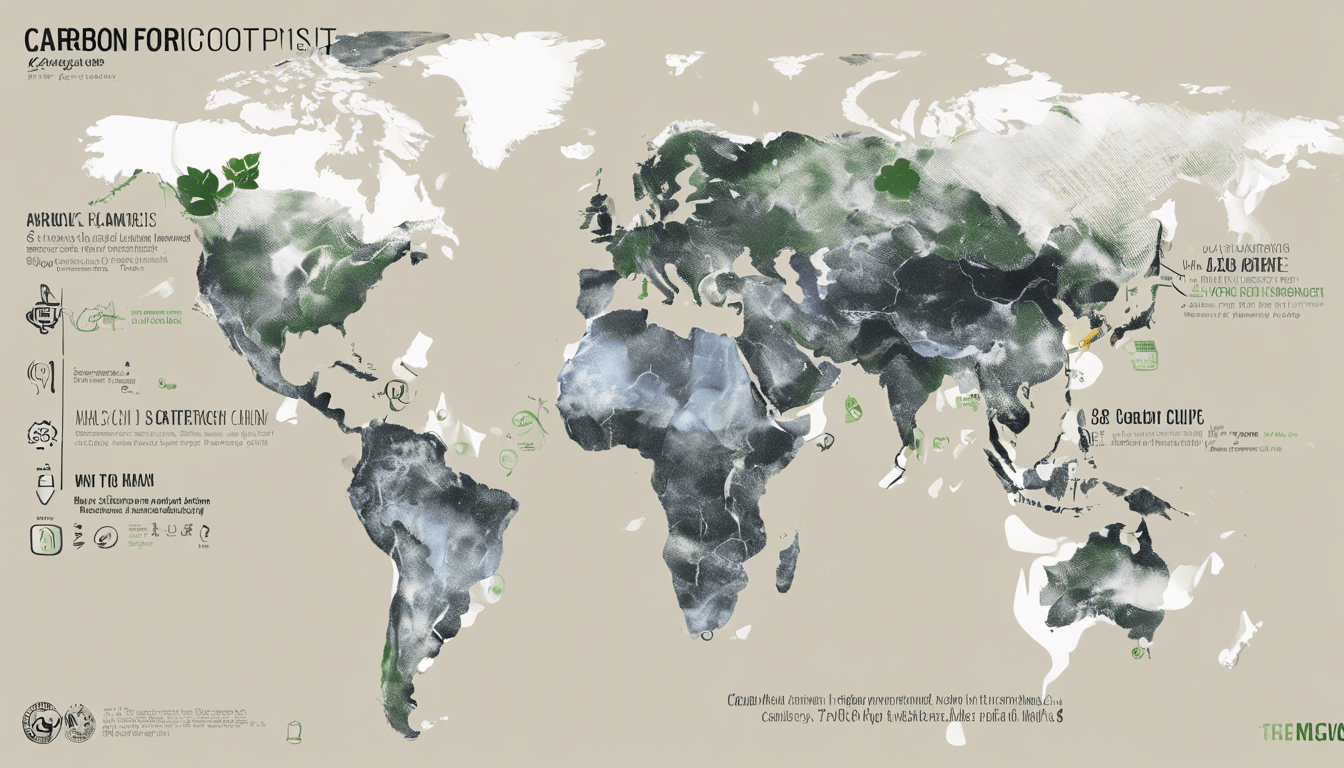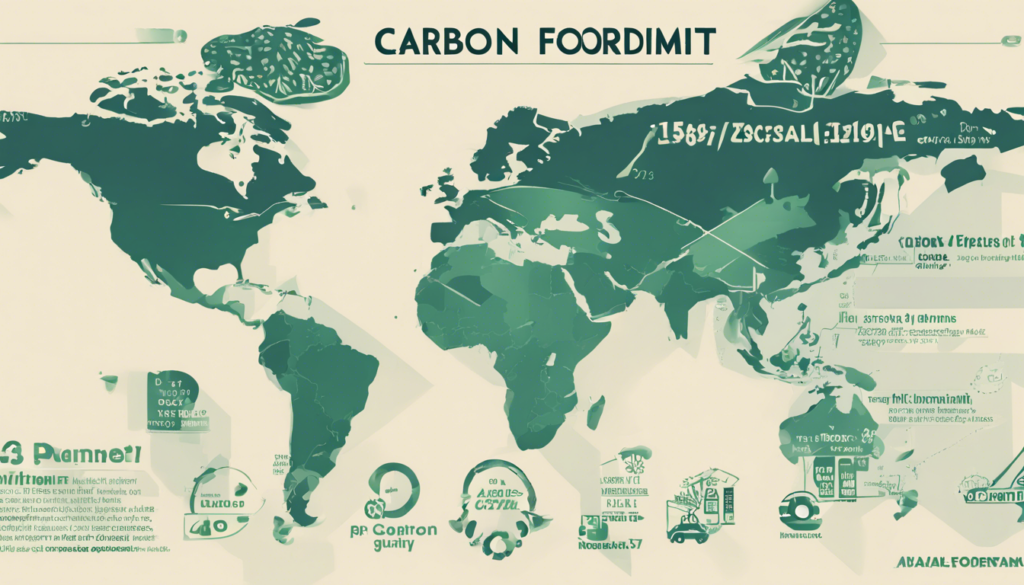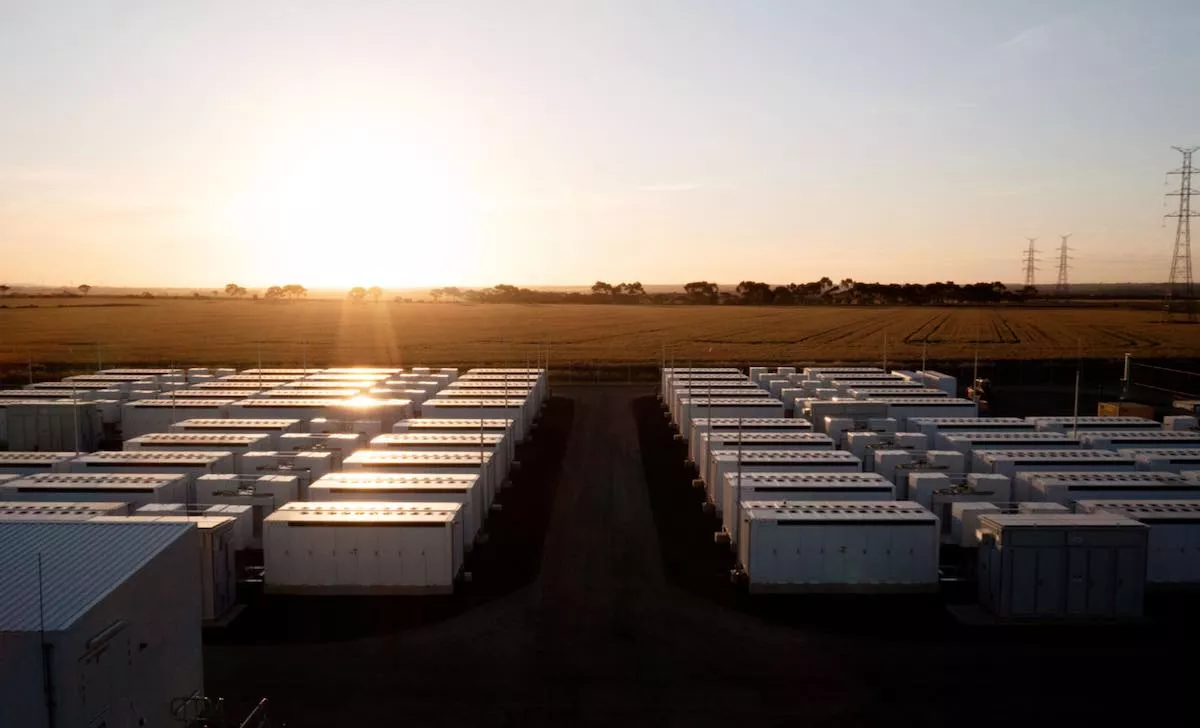Carbon Footprint Reduction: A Step Towards Environmental Sustainability

In in the present day’s world, the idea of carbon footprint has change into more and more vital. As people, communities, and nations change into extra conscious of their environmental impact, the necessity for lowering carbon footprint has change into paramount. This article goals to discover the significance of carbon footprint discount, methods to realize it, and the position of assorted stakeholders on this endeavor.

Understanding Carbon Footprint
A carbon footprint refers back to the complete quantity of greenhouse gases, significantly carbon dioxide (CO2), emitted instantly or not directly by human actions reminiscent of transportation, power consumption, and industrial processes. It serves as a measure of 1’s contribution to local weather change and environmental degradation.
Components contributing to carbon footprint
Carbon footprint includes varied elements, together with:
- Energy consumption (electrical energy, heating, and cooling)
- Transportation (gas combustion)
- Food manufacturing and consumption
- Waste era and administration
Measurement metrics
Carbon footprint is often measured in items of carbon dioxide equivalents (CO2e), which account for the worldwide warming potential of different greenhouse gases like methane and nitrous oxide. This standardization allows correct evaluation and comparability of emissions throughout completely different actions and sectors.
Importance of Reducing Carbon Footprint
Reducing carbon footprint is essential for mitigating local weather change and preserving the planet’s ecosystems. By minimizing greenhouse fuel emissions, people and organizations can contribute to:
Environmental impression
- Slowing down international warming and its antagonistic results, reminiscent of rising sea ranges, excessive climate occasions, and habitat loss
- Preserving biodiversity and ecosystems by lowering air pollution and deforestation
- Ensuring a sustainable future for generations to come back
Social and financial advantages
- Improving public well being by lowering air and water air pollution related to fossil gas combustion and industrial processes
- Creating inexperienced job alternatives in renewable power, power effectivity, and different sustainable sectors
- Enhancing power safety and resilience to power value volatility and provide disruptions
Strategies for Carbon Footprint Reduction
Reducing carbon footprint requires a multifaceted method encompassing varied sectors and features of day by day life. Some efficient methods embody:
Renewable power adoption
Transitioning to renewable energy sources like solar, wind, and hydroelectric energy can considerably cut back carbon emissions from electrical energy era.
Energy effectivity measures
Implementing energy-efficient applied sciences and practices in buildings, home equipment, and transportation can decrease power consumption and carbon emissions.
Sustainable transportation choices
Promoting public transit, biking, strolling, and electrical autos can cut back carbon emissions from transportation and enhance air high quality in city areas.
Waste discount and recycling
Reducing waste era, composting organic materials, and recycling supplies like paper, glass, and plastics can reduce carbon emissions from landfilling and incineration.
Role of Individuals in Carbon Footprint Reduction
Individuals play a vital position in lowering carbon footprint by way of their day by day selections and behaviors. Some actions people can take embody:
Lifestyle modifications
- Opting for eco-friendly alternate options reminiscent of reusable merchandise, plant-based diets, and sustainable journey choices
- Conserving power and water at dwelling by way of easy practices like turning off lights, utilizing energy-efficient home equipment, and lowering water utilization
Consumer selections
- Supporting companies and types dedicated to sustainability and environmental accountability
- Avoiding merchandise with extreme packaging or excessive carbon footprints, reminiscent of single-use plastics and imported items
Advocacy and consciousness
- Raising consciousness about local weather change and carbon footprint discount by way of training, neighborhood occasions, and social media
- Encouraging policymakers to enact laws and incentives that promote renewable power, power effectivity, and sustainable practices
Government and Corporate Initiatives
Governments and firms additionally play a vital position in lowering carbon footprint by way of coverage interventions and company social accountability initiatives.
Policies and laws
- Implementing carbon pricing mechanisms reminiscent of carbon taxes or cap-and-trade methods to internalize the prices of carbon emissions
- Setting targets and requirements for renewable power deployment, power effectivity enhancements, and emissions reductions throughout sectors
Corporate social accountability
- Investing in clear applied sciences, sustainable provide chains, and carbon offset initiatives to cut back emissions and mitigate environmental impression
- Reporting transparently on carbon emissions and sustainability efficiency to stakeholders and the general public
Challenges and Barriers
Despite the significance of carbon footprint discount, a number of challenges and limitations hinder progress on this space.

Technological limitations
- High upfront prices and technological limitations could impede the adoption of renewable power and energy-efficient applied sciences, particularly in growing nations and rural areas.
Economic constraints
- Economic elements reminiscent of subsidies for fossil fuels, market distortions, and lack of financing choices could deter investments in clear power and sustainability initiatives.
Behavioral elements
- Human conduct, habits, and attitudes in the direction of consumption and waste disposal can pose vital limitations to attaining carbon footprint discount objectives.
Overcoming Challenges
Addressing these challenges requires a concerted effort involving governments, businesses, communities, and people.
Innovation and analysis
- Investing in analysis and improvement of revolutionary applied sciences and options for clear power, power effectivity, and waste administration can overcome technological limitations and drive progress in the direction of carbon footprint discount.
Financial incentives
- Providing monetary incentives reminiscent of grants, subsidies, tax credit, and low-interest loans can encourage investments in renewable power, power effectivity upgrades, and sustainable practices.
Community engagement
- Fostering neighborhood engagement, collaboration, and grassroots initiatives can empower people and native organizations to take collective motion in the direction of carbon footprint discount.
Success Stories
Numerous success tales exhibit the feasibility and effectiveness of carbon footprint discount efforts throughout varied sectors and areas.
Case research of efficient carbon footprint discount efforts
- The metropolis of Copenhagen, Denmark, has efficiently applied insurance policies and infrastructure to advertise biking, public transit, and renewable power, resulting in vital reductions in carbon emissions.
- Companies like Google and Apple have dedicated to powering their operations with 100% renewable power and have made substantial investments in renewable power initiatives worldwide.
Future Outlook

Looking forward, the way forward for carbon footprint discount holds immense promise and potential.
Potential developments
- Advances in clear power applied sciences, power storage, and grid integration are anticipated to speed up the transition in the direction of a low-carbon economic system.
- Innovations in transportation, agriculture, and industrial processes can additional cut back carbon emissions and improve sustainability throughout sectors.
Collective accountability
- Achieving significant carbon footprint discount requires collective motion and shared accountability amongst governments, companies, communities, and people.
- By working collectively in the direction of frequent objectives, we are able to create a extra sustainable and resilient future for all.
Conclusion
In conclusion, lowering carbon footprint is a crucial step in the direction of addressing local weather change, preserving the surroundings, and securing a sustainable future. By adopting renewable energy, power effectivity measures, sustainable transportation choices, and waste discount methods, people, communities, and organizations can contribute to a more healthy planet and a extra affluent society.
FAQs
- What is a carbon footprint? A carbon footprint refers back to the complete quantity of greenhouse gases emitted instantly or not directly by human actions, measured in items of carbon dioxide equivalents (CO2e).
- How does lowering carbon footprint profit the surroundings? Reducing carbon footprint helps mitigate local weather change, protect biodiversity, enhance air and water high quality, and shield ecosystems and pure assets.
- What are some easy methods to cut back carbon footprint at dwelling? Simple methods to cut back carbon footprint at dwelling embody conserving power and water, switching to energy-efficient home equipment, lowering waste, and adopting sustainable life-style selections.
- How can companies contribute to carbon footprint discount? Businesses can contribute to carbon footprint discount by investing in clear applied sciences, adopting sustainable practices, lowering emissions from operations and provide chains, and interesting with stakeholders to advertise environmental stewardship.
- What position does authorities coverage play in lowering carbon footprint? Government insurance policies and laws play a vital position in lowering carbon footprint by setting targets and requirements for emissions reductions, implementing carbon pricing mechanisms, selling renewable power deployment, and incentivizing sustainability initiatives.






